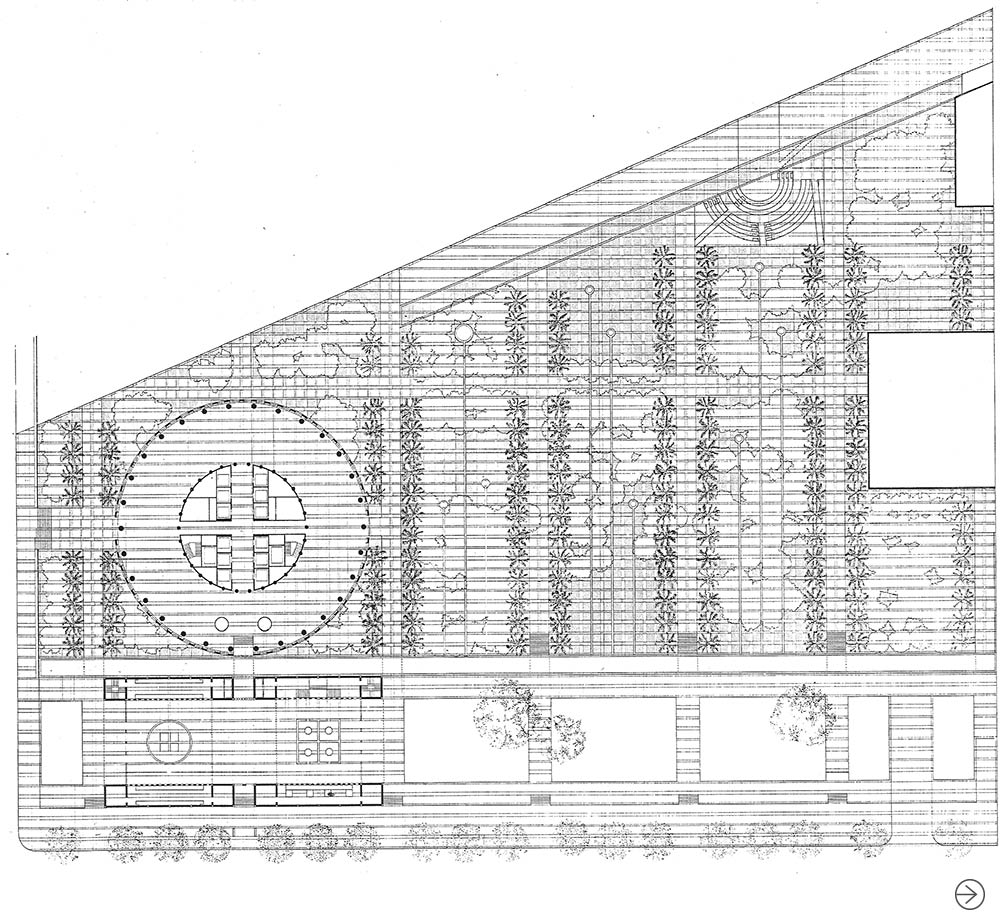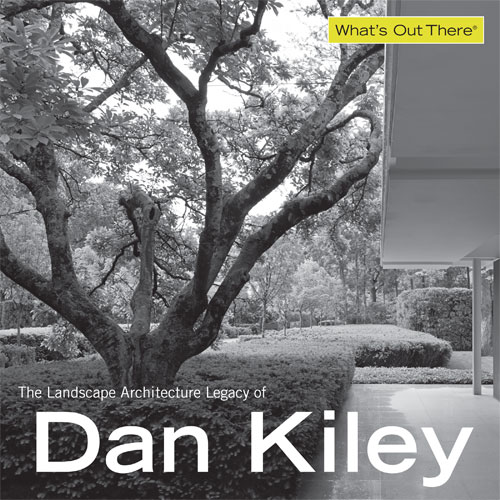-
This 4.5-acre park in Tampa, FL, a structurally complex project built atop an underground garage, was created in the mid-1980s as the corporate headquarters for North Carolina NationsBank. Harry Wolf, the architect for the headquarters building, contacted Kiley Walker to collaborate on the project. Like the Oakland Museum of Art, the project is a large-scale roof garden.
_crop.jpg)
Wolf’s plan for the 33-story tower, which occupies the southern portion of the site, is based on the Fibonacci series, a mathematical sequence, which like the Golden Mean occurs frequently in nature. The logic behind the sequence is simple: beginning with zero and one, each number in the sequence is the sum of the previous two numbers, 0,1,1,2,3,5,8,13,21… and so on. In architecture, this formula can be used to establish a system of balanced related proportions. It was Wolf’s suggestion that Kiley incorporate the same strategy into the design for the adjacent park, providing a tangible and reciprocal connection between the building and the site.
Kiley responded by creating a gridded landscape of walkways, granite pavers, grass and water. He paid special attention to circulation through the site, locating the park’s primary walkways, which ran east to west, so that they could relate to the city grid. Utilizing his signature allée, he lined these walks with tall sable palms, establishing their dominance within the landscape. Breaking from the strict order imposed on the groundplane, Kiley randomly placed 800 crepe myrtles throughout the body of the site, providing a dense canopy over the open plaza.
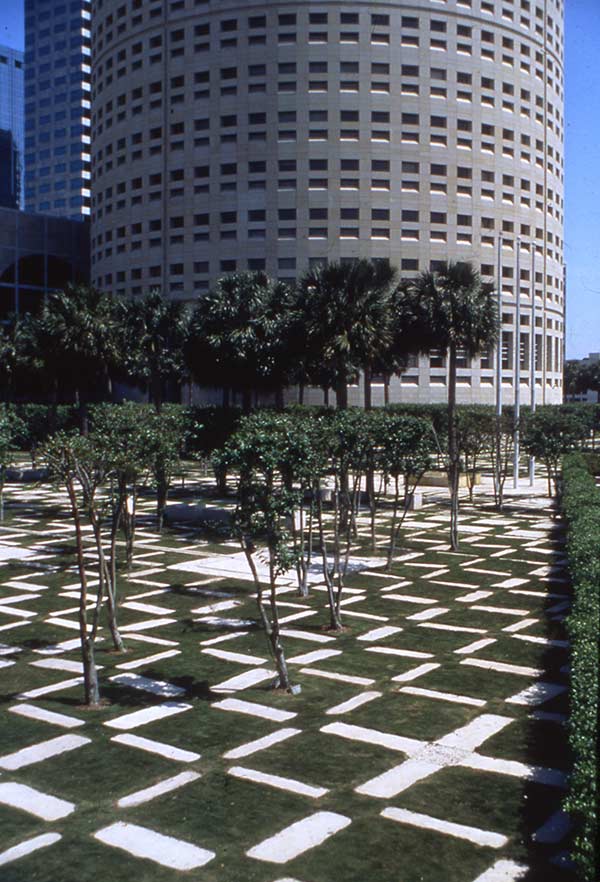 To establish an entry to the park, which sat above street level, Kiley created a rectangular forecourt that occupied the site’s eastern edge. This entry was accessed from the sidewalk along Ashley Street by way of four flights of steps and a wide ramp. Occupying the granite forecourt were five rectangular pools of still water, three large (to the south) and two narrow (to the north). Visitors to the space traversed the pools before crossing underneath a long enclosed colonnade topped by a plexi-glass bottomed canal, which allowed visitors a view of the water from below. The use of water as a design feature continued within the main portion of the park: interwoven into the groundplane were nine narrow runnels that emerged from bubblers set in low granite basins. These water channels crossed the site before terminating at the canal.
To establish an entry to the park, which sat above street level, Kiley created a rectangular forecourt that occupied the site’s eastern edge. This entry was accessed from the sidewalk along Ashley Street by way of four flights of steps and a wide ramp. Occupying the granite forecourt were five rectangular pools of still water, three large (to the south) and two narrow (to the north). Visitors to the space traversed the pools before crossing underneath a long enclosed colonnade topped by a plexi-glass bottomed canal, which allowed visitors a view of the water from below. The use of water as a design feature continued within the main portion of the park: interwoven into the groundplane were nine narrow runnels that emerged from bubblers set in low granite basins. These water channels crossed the site before terminating at the canal.
While most of the park was designed for passive use, two areas were incorporated into the plans for more active purposes - a children’s garden that featured a checkerboard basin of water and fountain, and a stepped amphitheatre, which looked out towards the adjacent river.
In a 1999 interview, Kiley was asked which of his projects, 100 years from now, would be his most influential. NationsBank Plaza (now Kiley Garden) was one of the four his cited (along with the Miller House and Garden, Fountain Place and the Jefferson National Expansion Memorial).
Today the future of the site is in limbo. The park was maintained until the 1990s, when it fell into neglect. Maintenance issues, including problems with water leaking from the rooftop planters into the garage below resulted in the removal of the site plantings – including the sabal palms and crepe myrtle grove – and water features were cut off. The dramatic deterioration and destruction of the landscape resulted in The Cultural Landscape Foundation’s Landslide program listing the site as “Lost” in 2006. That same year, efforts were begun to restore the landscape, which have resulted in the successful rehabilitation of the groundplane and resolution of drainage issues at a cost of 4.3 million dollars. Unfortunately there is much work still to be done, including the restoration of the water channels and canals and replanting of the trees. Plans announced to replant the crepe myrtle grove have stalled due to a lack of funding. Interested individuals can help fund the restoration or find out other ways to get involved by contacting the Friends of Kiley Garden at info.kileygarden@gmail.com. People can are also contact Tampa Mayor Bob Buckhorn.
-
Peter L. Schaudt, FASLA, 2013
"Design is a Joyous Discovery" Daniel Urban Kiley
The NationsBank Plaza was my pride and joy as a project manager in Dan’s office. Over time, the Plaza degraded to ruin and was ultimately destroyed. The most significant project I worked on with Dan vanished before my eyes, but the memory of the process and the lessons I learned have followed me throughout my entire professional life.
It was during this project that I was introduced to the Golden Mean proportions and the Fibonacci series by architect Harry Wolf. Dan was easily convinced of this fascinating harmonic system of measurements. From the moment Harry gave Dan and me a copy of the book Sacred Geometry by Robert Lawlor, 1982, we were transfixed.
The fusion of the building and landscape was brilliant and inventive. I can still recall the back and forth, the give and take, and the intuitive thinking by Dan on the spot—and the joyful discoveries we made over a "G and T" that I can still taste. As a rule, we made rough study models on ALL projects in the office, but making a one-eighth scale model of the plaza (ultimately this was used to analog the x and y coordinates of all the trees on the vast grid for the actual planting layout) is something I’ll never forget.
The most basic, but critical philosophical concept to derive from this experience was learning the formal expression of "juxtaposition" of a structured concept and then purposely breaking the rules you just established (similar to Mies van der Rohe).The careful balancing of this design "editing" made the project so rich in detail.
People that know Dan's work in depth might be surprised to know that he really was a fluid, dynamic designer and he influenced me how to “let go" and be free of rigid pre-conceptions. Trying to distill the significance of this project to my career is difficult, but the confidence I have today was because of Dan and my intuitive thinking is the biggest asset I have as a landscape architect.
-
Kamm, Grayson, “Why do they call it that? Kiley Garden: Tampa’s unnoticed masterpiece by Dan Kiley,” 10 News WTSP, December 5, 2012, http://www.wtsp.com/callitthat/article/285592/260/Why-do-they-call-it-that-Tampas-unnoticed-masterpiece.
Danielson, Richard, “With city’s help, fans of Tampa’s Kiley Garden aim for a comeback,” Tampa Bay Times, March 8, 2012 http://www.tampabay.com/news/localgovernment/with-citys-help-fans-of-tampas-kiley-garden-aim-for-a-comeback/1219131.
RS&H, “Urban Design & Public Spaces: Kiley Garden,” http://www.rsandh.com/what-we-do/urban-design-and-public-spaces/open-space/kiley-garden.
Take My Trip. “Tampa’s Forgotten Park: Kiley Gardens,” http://www.takemytrip.com/destinations/kiley1.htm.
AIA Tampa. “Kiley Garden,” http://tourtampabayarchitecture.com/page_2-html.
Hazelrigg, George, “The Life and Death of a Masterpiece,” Landscape Architecture, April 2004, http://www.asla.org/lamag/lam04/April/feature3.html.
The Cultural Landscape Foundation. “What’s Out There: Kiley Garden,” http://tclf.org/landscapes/kiley-garden.
Kiley, Dan and Jane Amidon. Dan Kiley: The Complete Works of America’s Master Landscape Architect (Boston, New York, London: Little, Brown and Company, 1999), 106-111.
“Dan Kiley: Landscape Design II.” Process: Architecture 108. (Tokyo: Japan, Process Architecture Publishing Co., 1993), 46-53.


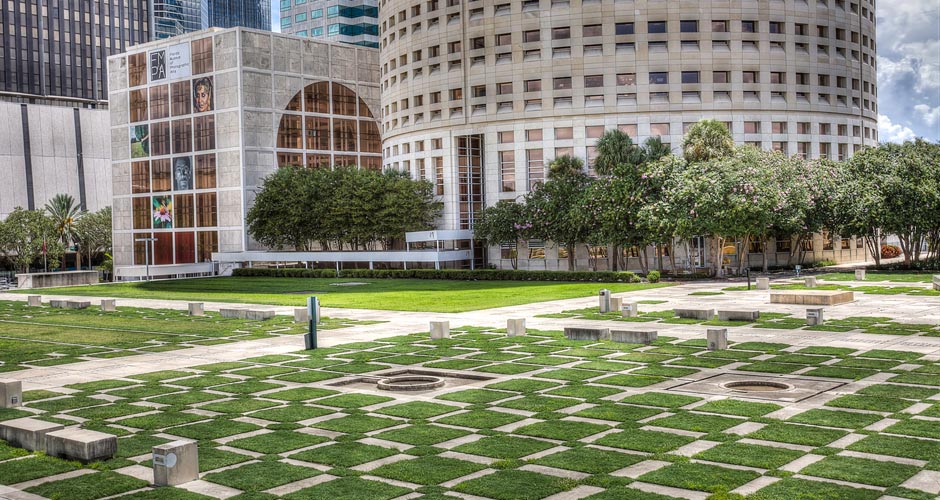
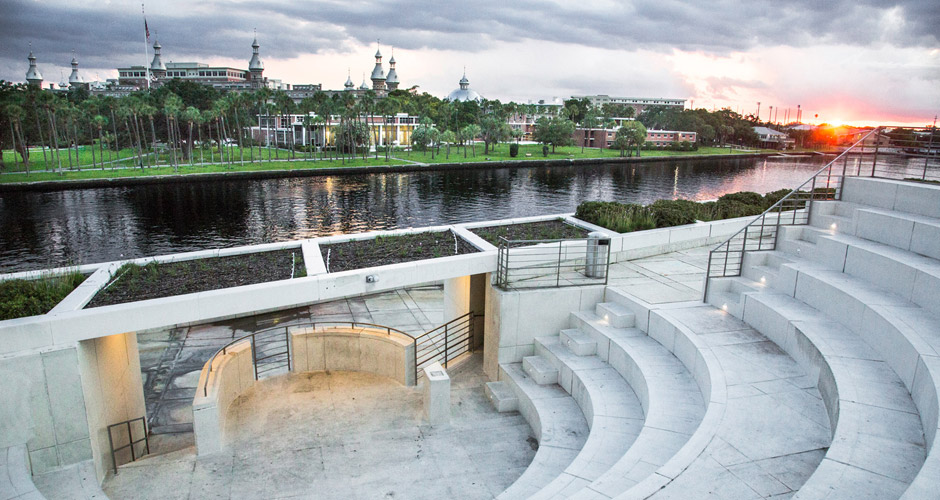
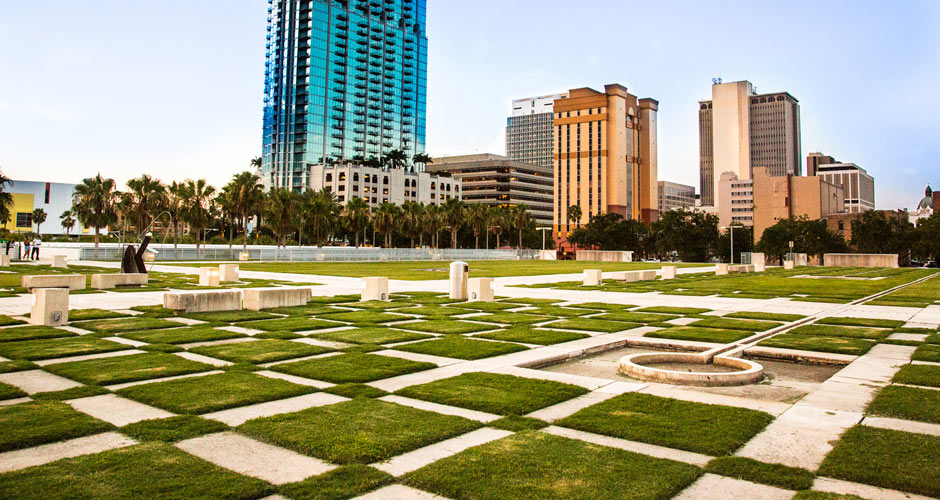
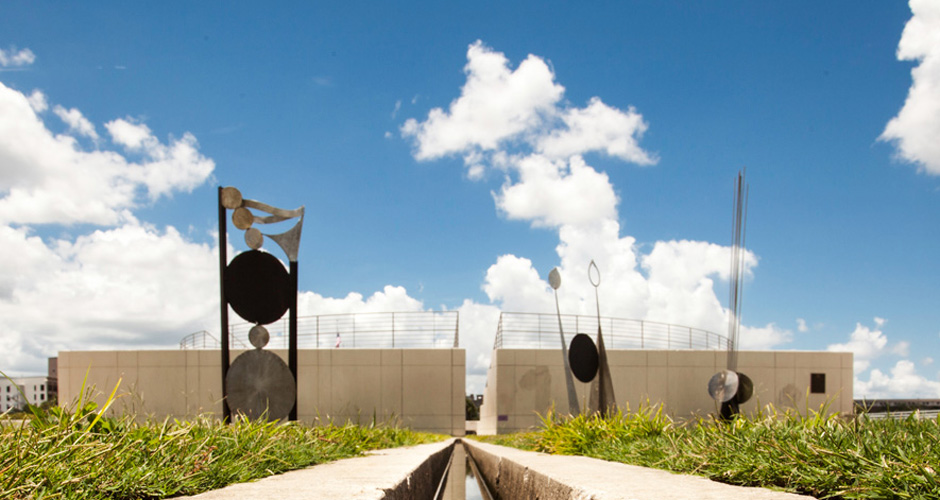
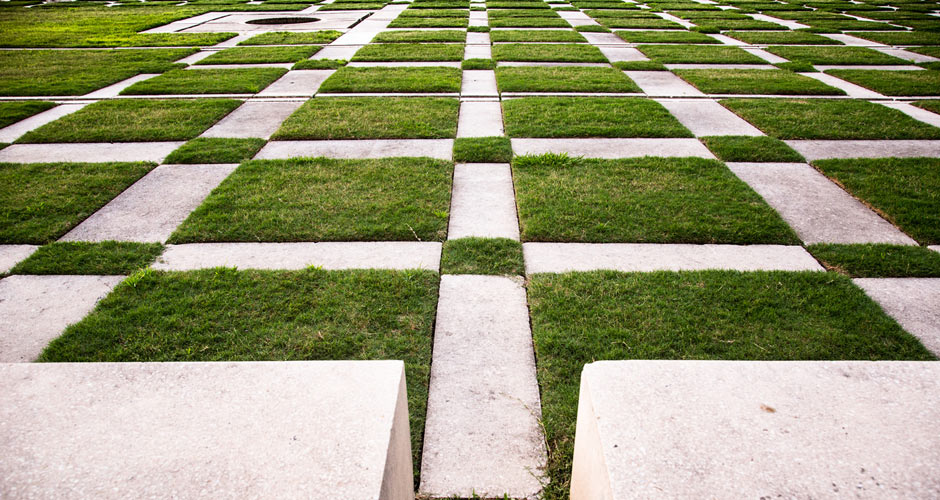
_crop.jpg)

